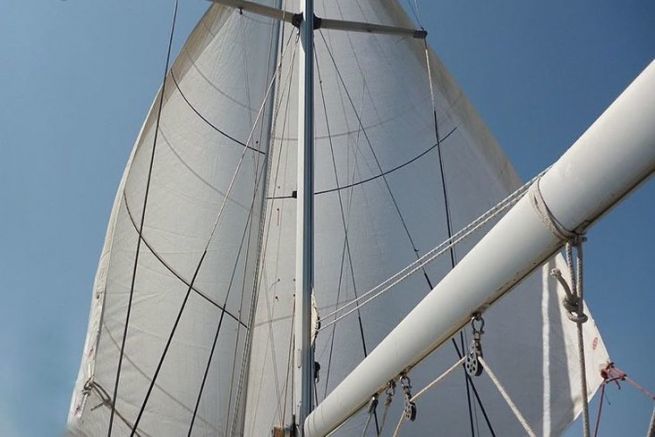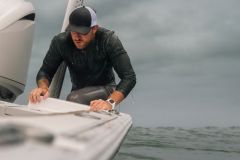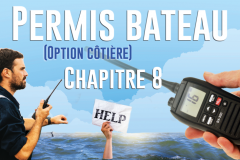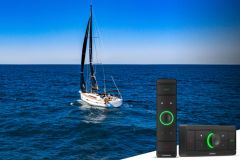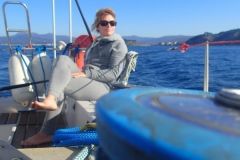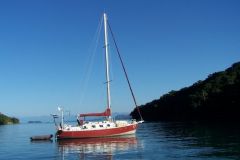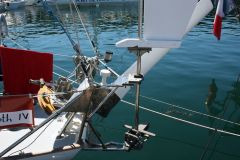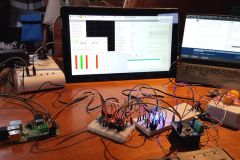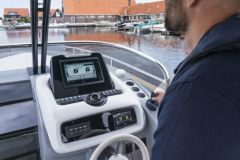Sailing on a helm moored sailboat is possible at speeds close to the wind. You have to start by balancing your boat by trimming the sails properly and then mooring the helm accordingly . But as soon as you go down into the wind bed, as soon as you get close to the downwind, things get complicated and the helm, which is simply moored, can no longer fulfil its role and the boat quickly goes to the heap.
Marin Marie's idea
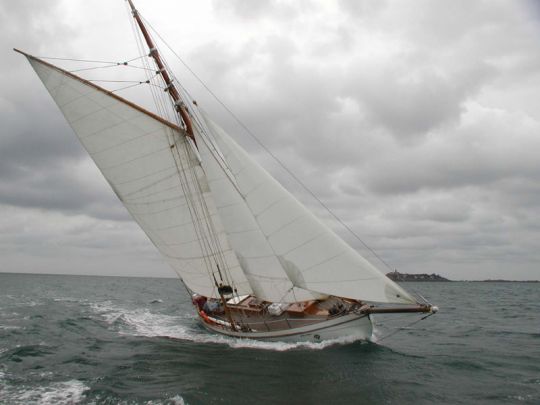
It is the marine painter Marin Marie who imagined a solution on his sailboat Winibelle II. With this Norwegian cutter of 11 m of hull (13.50 m with the bowsprit) he made the Atlantic crossing solo without autopilot. He had the brilliant idea of using twin staysail. With his system he made the single-handed crossing in 1934. In 1936, he will connect the United States to France, still single-handed, but this time at the helm of his motor launch Arielle equipped with a windvane steering system of his own invention.
The Twin Trinkets
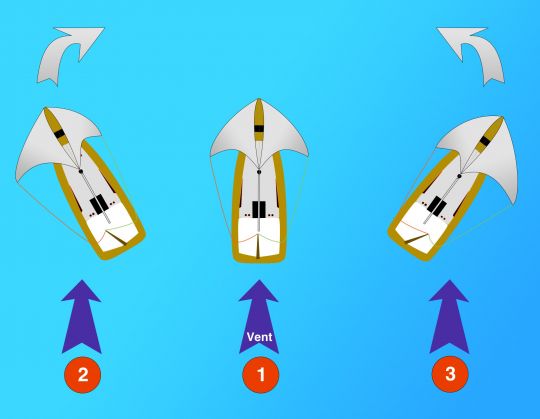
The principle of twin staysail allows to sail with full tail wind. Quite simply, 2 headsails of similar size are set up. The sheets of these two sails come back on each side and are both fixed to the tiller. Full astern wind, the tiller is blocked and the boat goes straight.
If a wave or overshoot comes in from one side or the other, the windward sail inflates and pulls on the bar while the leeward one unfolds, leaving slack in the sheet. The sailboat naturally returns to its course. Same on the other side.
Simple, but devilishly effective!

 /
/ 